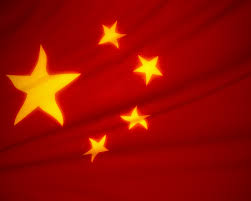Chinese local government debt has increased by 67% over the last 3 years to $2.95 trillion (17.9 trillion yuan).
A much higher level than economists had expected, and one which could pose a serious threat to growth in the second largest economy in the world.
Some analysts now wonder how the Chinese Communist party can carry out a series of reforms to keep the economy growing if debts are already so high.
According to the Chinese Academy of Social Sciences, however, a well-known government think tank, any level of local government debt below 19.9 trillion yuan is acceptable.
According to China’s National Audit Office, which published the latest local government debt figures, debt levels are “under control”. However, the government agency acknowledged that there are “potential risks in some places.”
Chinese overall debt, at 53.3% of GDP (gross domestic product), is well below the red line of 60%, says the Wall Street Journal.
Although China’s total public debt-to-GDP ratio is lower than that of many developed nations, investors are worried because much of the money was used for non-lucrative infrastructure and cannot be repaid.
China’s overall debt is less than half that of Greece’s or Japan’s. However, most economists warned that in order to safeguard growth and financial stability, the country needs to urgently reduce debt.
There is growing concern that local borrowing may undermine China’s financial system and trigger a costly bailout. If economic growth slackens, leading to a rise in toxic debts, state-controlled banks could be affected. State-controlled banks play a key role in the funding for economic growth.
Many new loans used to pay off old ones
Several local governments, the report revealed, have been using new loans to repay more than 20% of debts. There is also an over-reliance on selling land to pay off old loans.
This surge in debt buildup is similar to what occurred in Japan before its economic collapse in the 1990s. The Telegraph quotes Louis Kuijs, chief China economist at the Royal Bank of Scotland, Hong Kong, who said “It is a very sizable build-up and it’s the kind of build-up that is not sustainable. It’s expanding at much too rapid a rate.”

